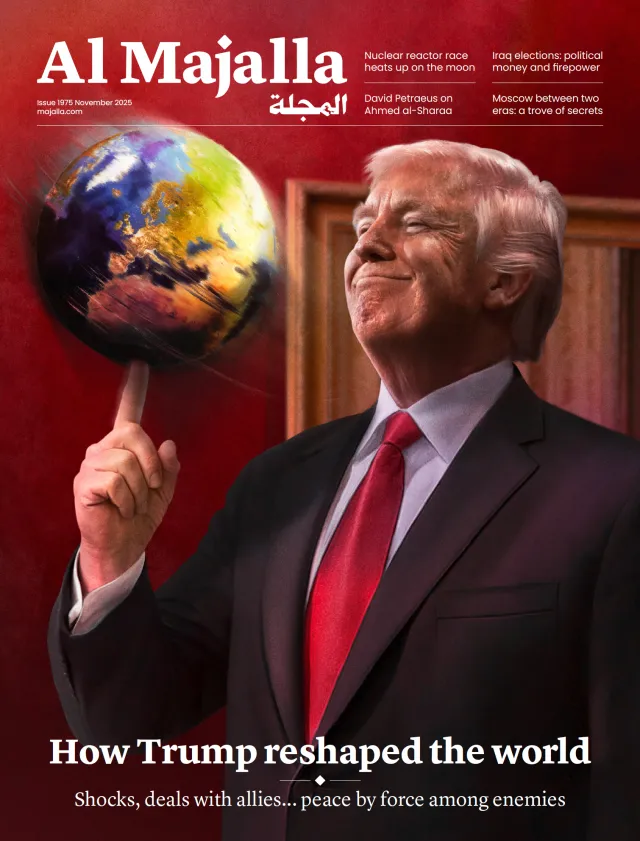The ongoing US–Iran nuclear negotiations have become a diplomatic laboratory, where genuine proposals and tactical feints intermingle, testing not only negotiating partners but also external observers.
A case in point is Washington’s recent demand that Iran cease all uranium enrichment and instead rely on imported enriched uranium, an arrangement typical of nations operating civilian nuclear reactors.
Some interpreted this as a nod to Israeli Prime Minister Benjamin Netanyahu, who does not want American talking to the Iranians, and who was reportedly angered by a US agreement with Yemen’s Houthis to halt attacks on shipping in the Red Sea and Gulf of Aden—an understanding reached without his prior consultation.
To offset Netanyahu’s frustration, American officials want to look tough on Iranian enrichment, but in reality there may be more flexibility. Iran’s Supreme Leader Ali Khamenei appeared to go along with this carefully choreographed display, expressing public pessimism about the likelihood of reaching a resolution.
The right to enrich
For years, Iran has insisted on its right to maintain the “full nuclear fuel cycle,” which begins with the extraction of raw uranium and extends through enrichment for peaceful uses, including energy generation, medical research, and agriculture. But this leaves Tehran with the option of enriching uranium to a level needed for nuclear weapons.




